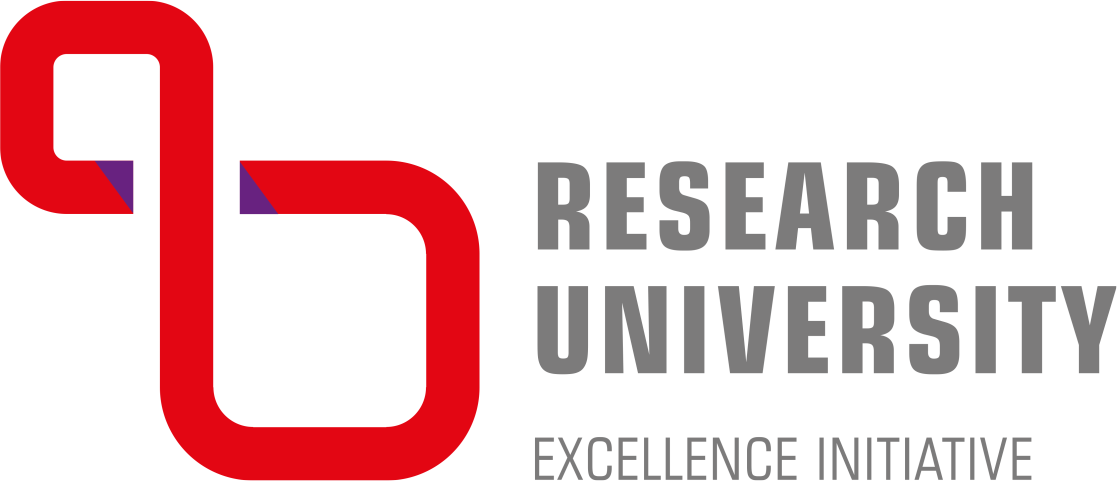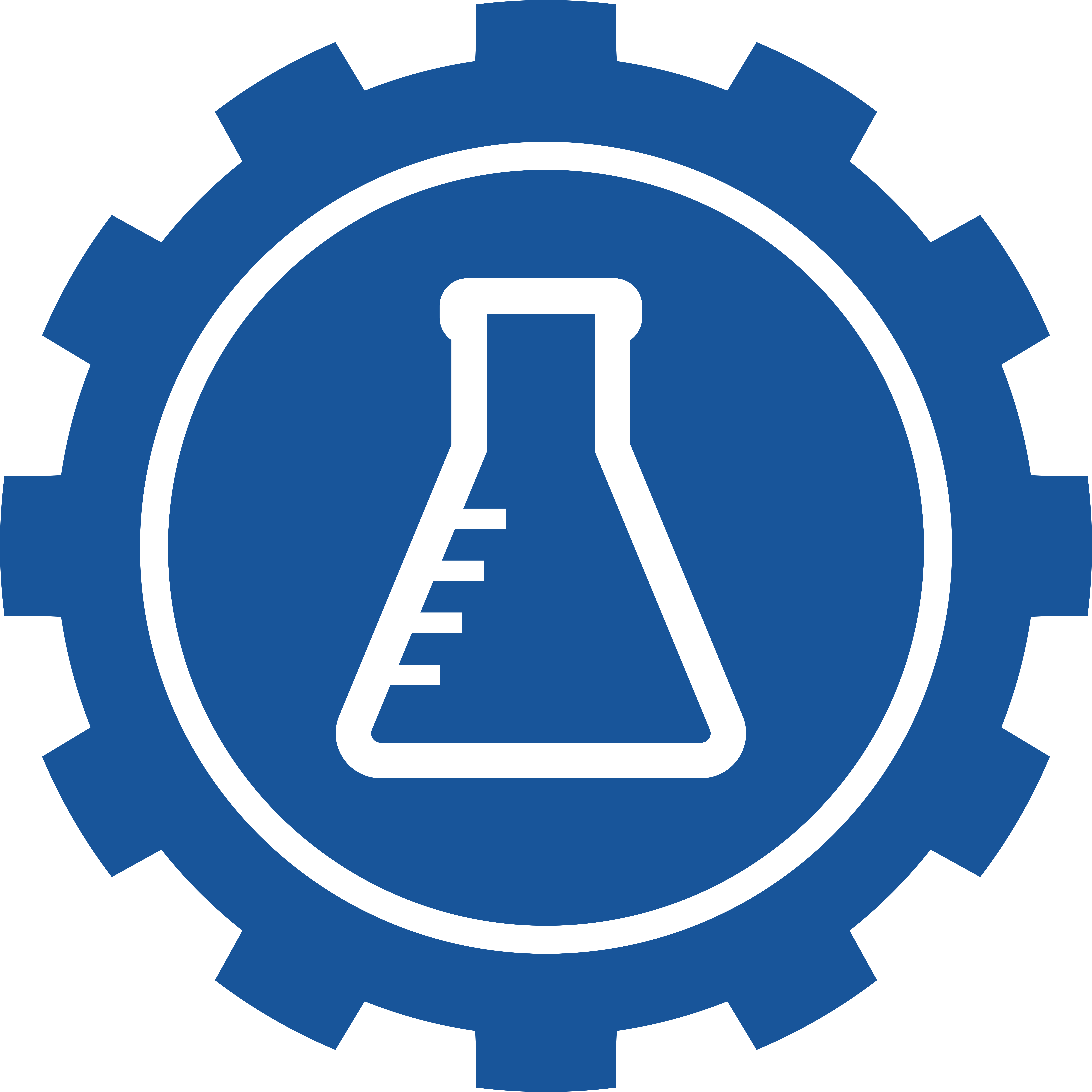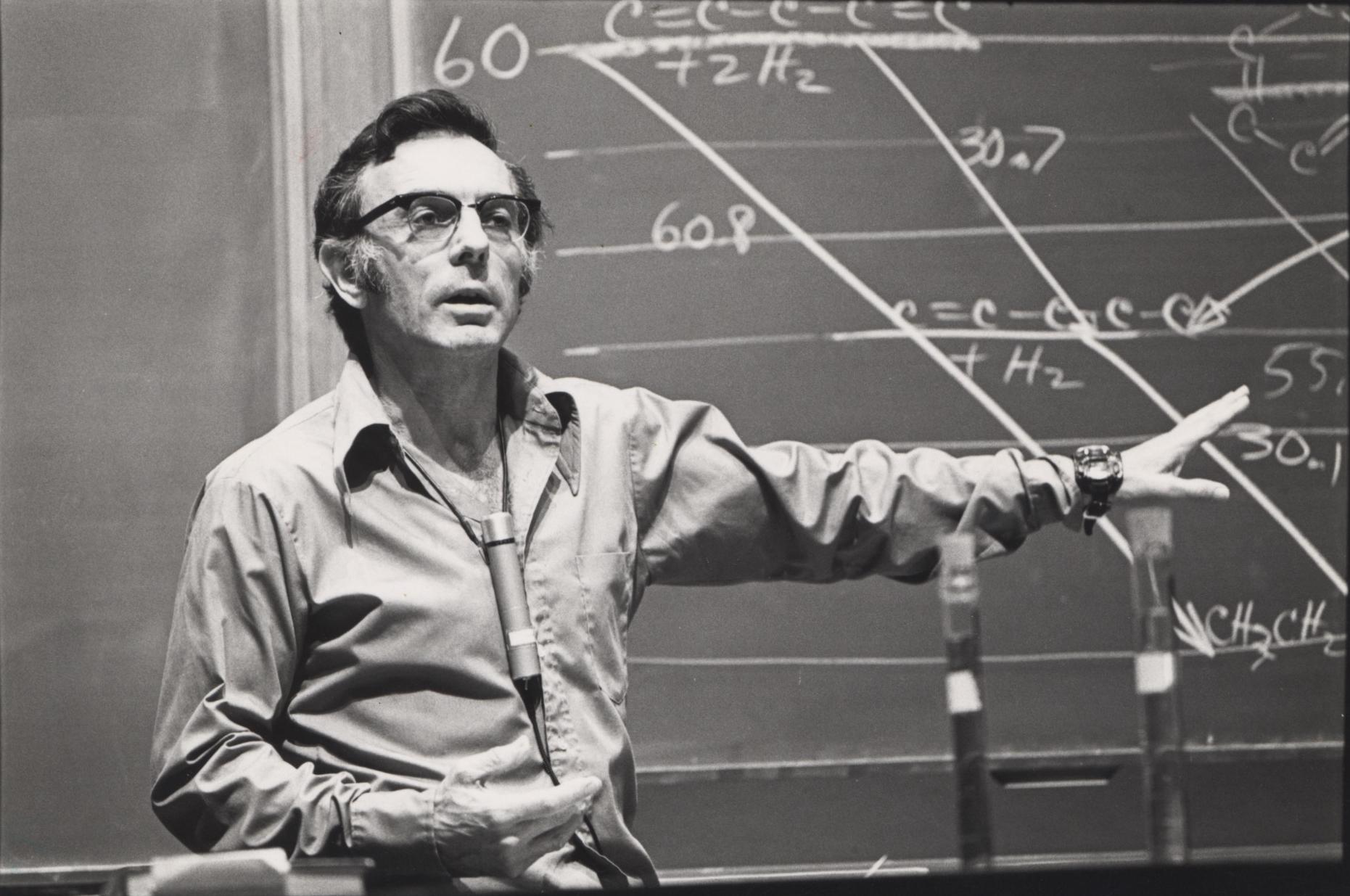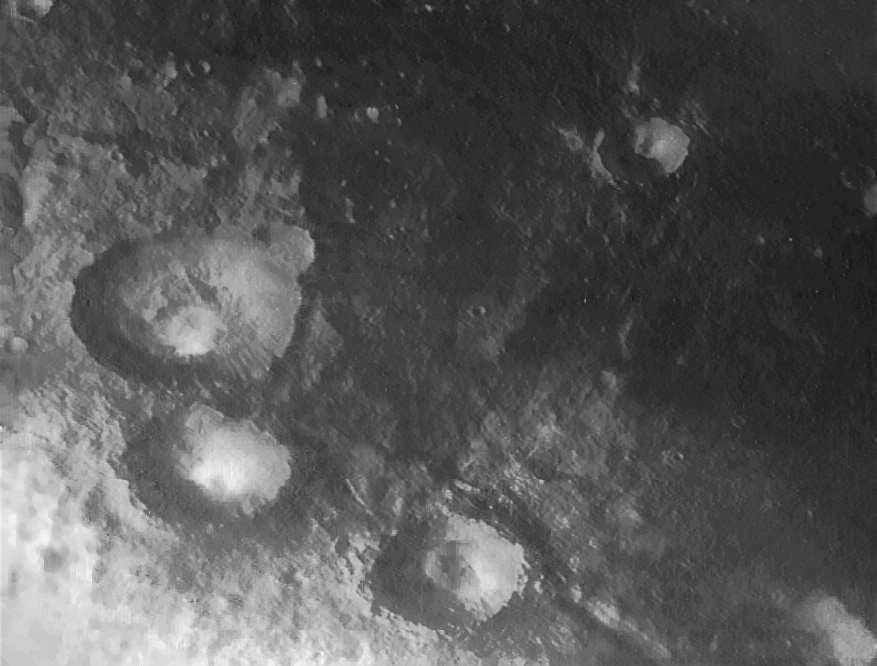In the 1950s, George developed a matrix isolation technique to trap free radicals, preventing them from being lost through a chemical reaction and thus enabling spectroscopic examination. Around the world, this technique has led to the discovery of many highly reactive molecules. Infrared spectroscopy also allowed George to advance our understanding of hydrogen bonding, a central element of all biological chemistry.
In the mid-1960s, George's research on rapid reactions revealed the secret of converting chemical energy directly into laser light. Since then, the chemical laser has taught us a lot about chemical reactions and the transfer of energy between molecules. It has also been developed for large and powerful laser systems. In the meantime, George's infrared spectroscopy techniques have proven to be suitable for developing instruments to remotely determine the composition of the atmosphere and surface of Mars. Spectrometers constructed and assembled in his labs gave dramatic results during the Mariners 6 and 7 space missions.
George Pimental was the antithesis of the chair scientist. It was not enough that he invented a key tool for space exploration; in 1967, at the age of 45, he applied to become an astronaut scientist. After the most demanding physical and intellectual tests, the National Academy of Sciences placed him first among about a thousand candidates. Only the discovery of a minor anomaly in one retina prevented him from joining the NASA program. A fellow trainee, who fondly remembers George’s warmth and enthusiasm, recalls that when George was asked how he would react to the prospect of a two-year, risky trip to Mars, the immediate answer was, “Where do I sign up?”
















